

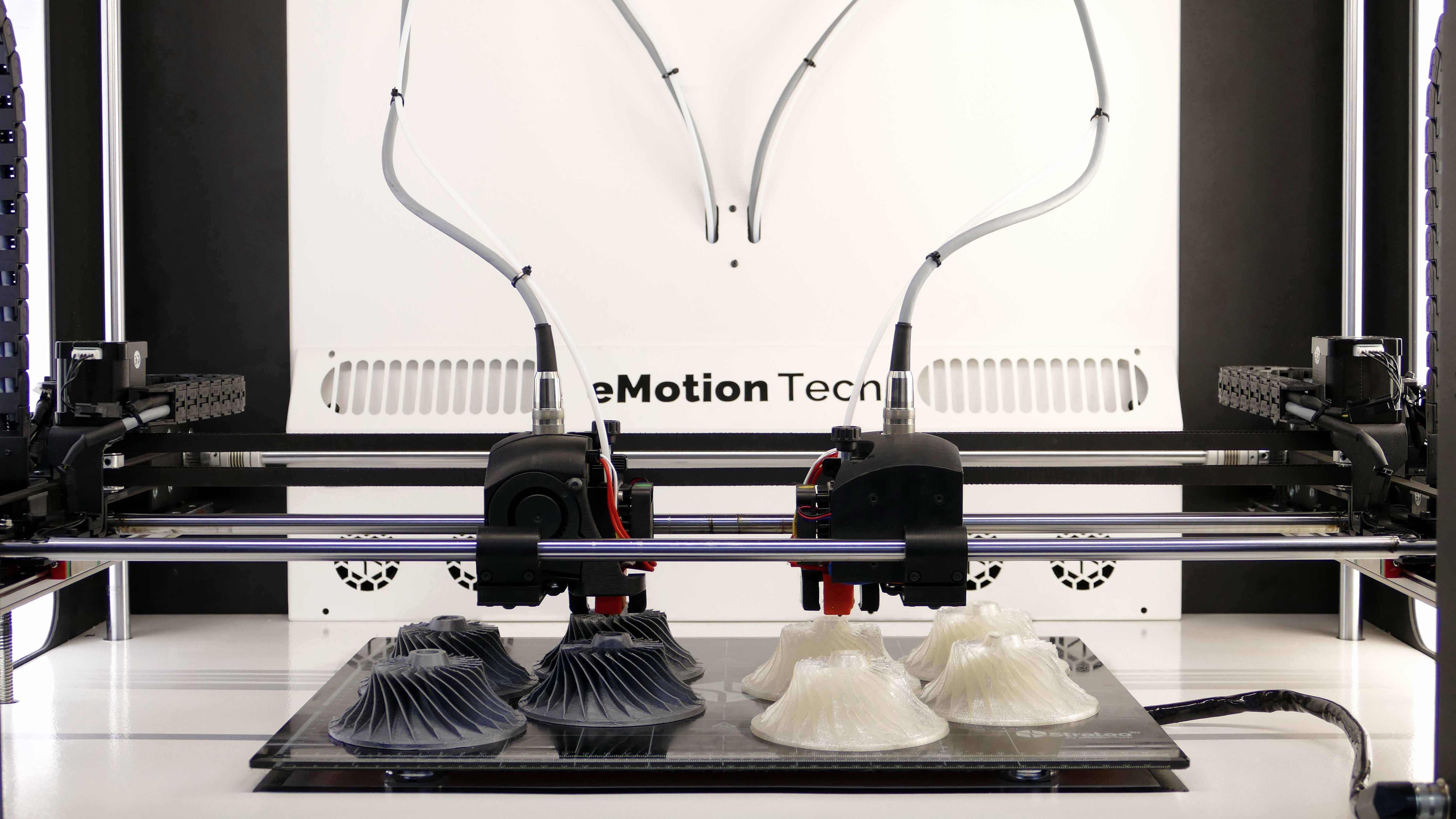

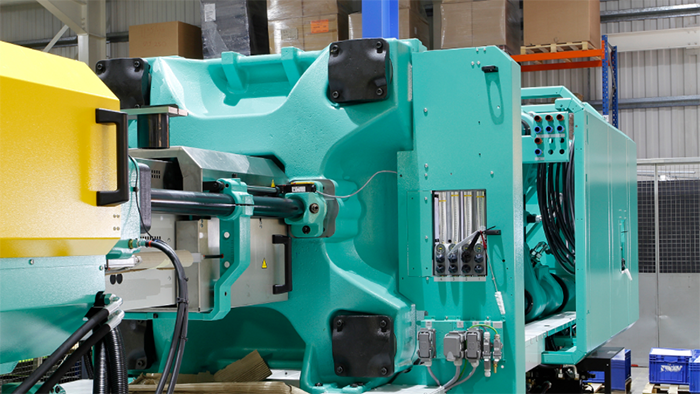

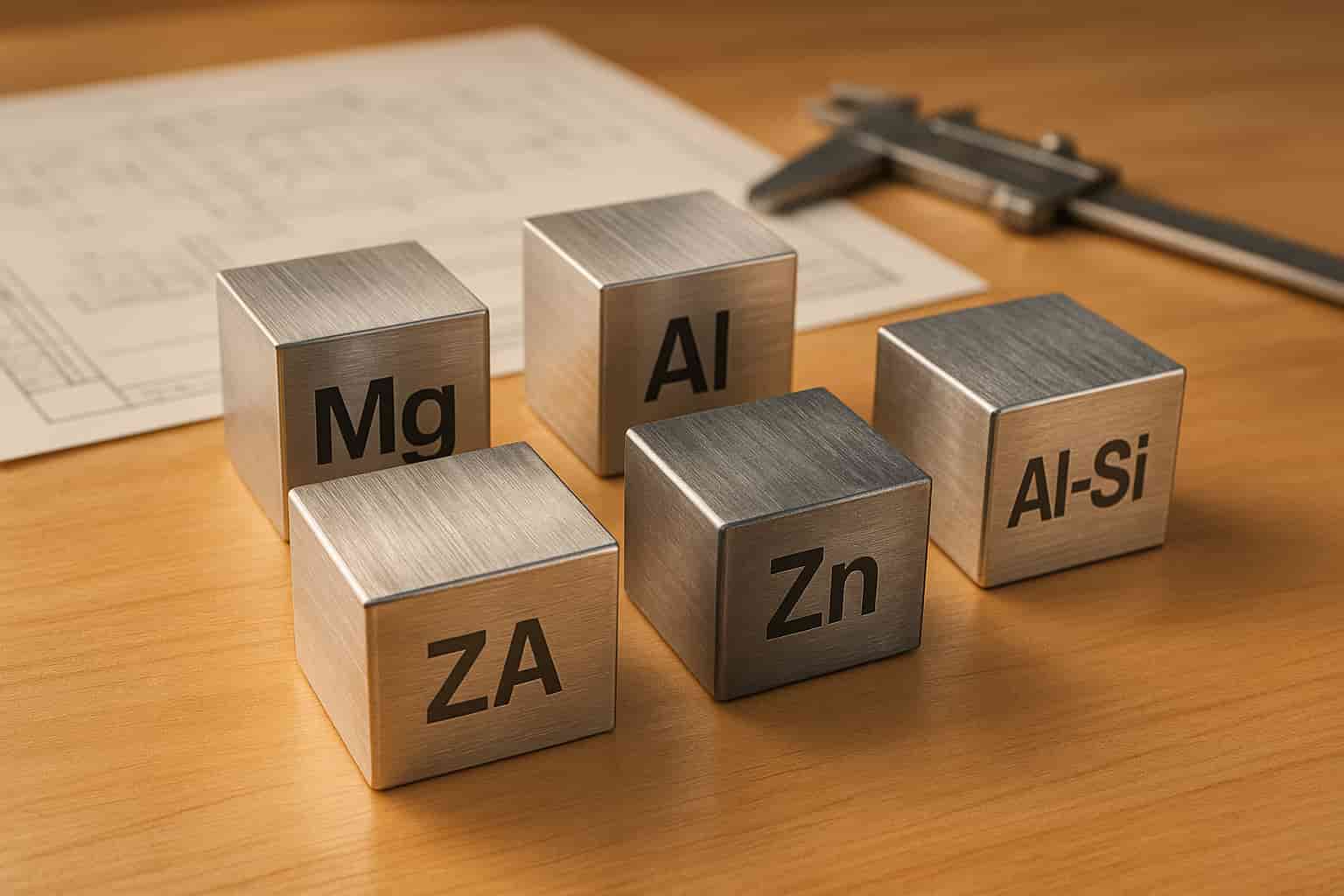


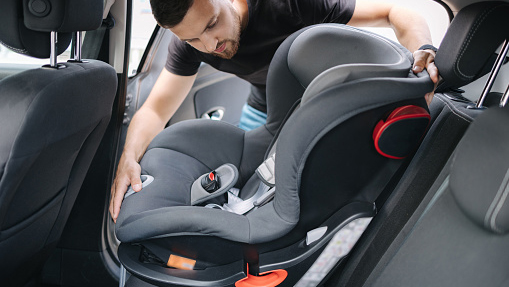
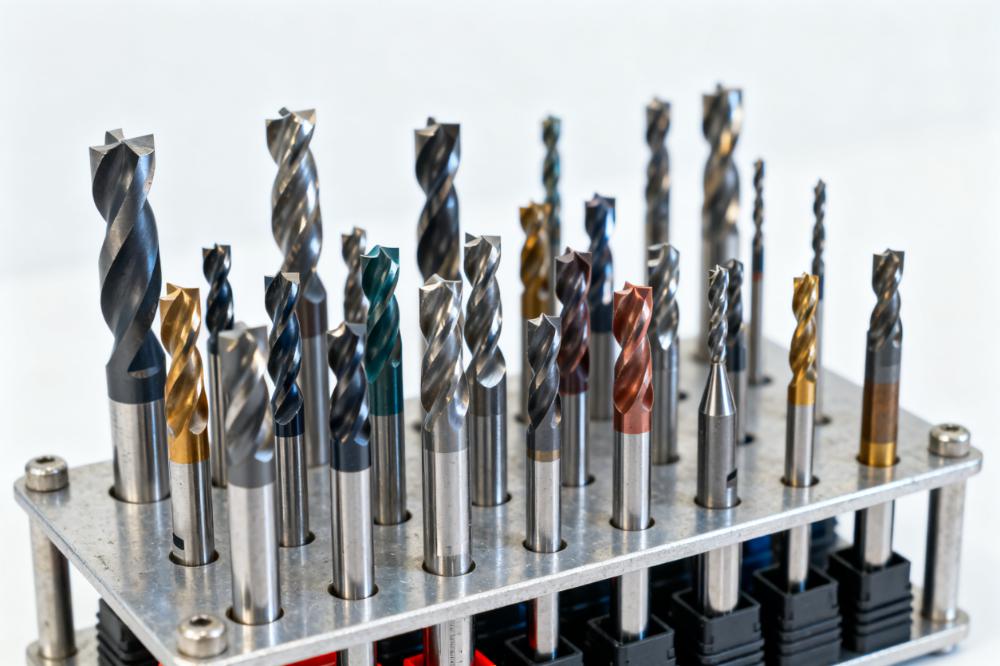
1 Introduction to Aluminum Die Casting
Aluminum die casting represents one of the most efficient and versatile
metal-forming processes in modern manufacturing, combining the lightweight
advantages of aluminum with the precision of high-pressure molding techniques.
This process involves forcing molten aluminum alloy under high pressure into
reusable steel molds, known as dies, to produce complex, high-strength
components with exceptional dimensional accuracy. As industries increasingly
prioritize lightweighting for improved fuel efficiency and performance,
aluminum die casting has emerged as the manufacturing method of choice for
automotive, aerospace, electronics, and consumer goods applications.
The fundamental appeal of aluminum die casting lies in its unique
combination of properties: aluminum's innate lightweight characteristics (approximately
one-third the density of steel), excellent corrosion resistance, high thermal
and electrical conductivity, and impressive strength-to-weight ratio. When
processed through high-pressure die casting, these inherent material advantages
are enhanced by the manufacturing process's ability to produce near-net-shape
components with thin walls, complex geometries, and minimal secondary machining
requirements.
Global market trends underscore the growing importance of aluminum die
casting, particularly as industries transition toward more sustainable
manufacturing practices. The worldwide aluminum alloy high-pressure die casting
market has experienced significant transformation, driven by technological
advancements and evolving consumer demands. With the Asia-Pacific region
leading market growth due to rapid industrialization and a booming automotive
sector, aluminum die casting continues to evolve to meet increasingly stringent
performance and sustainability requirements.
This comprehensive article explores the aluminum die casting process in
detail, examining its technical fundamentals, material considerations, process
variations, applications across industries, and emerging trends that are
shaping the future of this vital manufacturing technology.
2 The Die Casting Process Explained
2.1 Mold Preparation and Design
The aluminum die casting process begins with meticulous mold preparation,
where the reusable steel dies are designed and manufactured to exacting
specifications. These dies, typically constructed from heat-resistant steel
alloys such as H13, are hardened to 46-50 HRC and heat-treated for thermal
fatigue resistance. Properly maintained dies can last between 50,000 to 500,000
cycles, depending on the complexity of the part and the alloy being cast.
Critical to successful die design are several key features that ensure
optimal metal flow and part quality. Gating systems control the flow
of molten aluminum into the die cavity, with channels typically 3-8 mm wide
that regulate metal flow speeds of 1-5 m/s to avoid turbulence and air
entrapment. Venting systems consist of micro-channels (0.1-0.3 mm wide) that allow
trapped air and gases to escape, reducing defects like porosity and blistering. Cooling channels circulate water or oil at rates of 10-20 liters per
minute to maintain die temperatures between 200-300°C, ensuring uniform
solidification and reducing cycle times.
Modern die casting operations increasingly rely on simulation software
such as MAGMAsoft, Flow-3D, or ProCAST to optimize die design before
manufacturing. These powerful tools predict metal flow patterns, thermal
gradients, and potential defect areas, allowing engineers to make necessary
adjustments to gate placement, vent positioning, and cooling channel
configuration. Studies indicate that comprehensive simulation can reduce
casting defects by up to 30% before production begins, significantly improving
first-pass yield rates.
2.2 Injection and Solidification
Once the die is prepared and mounted in the die casting machine, the
aluminum alloy is melted in a separate furnace, typically at temperatures
between 660-720°C (1220-1330°F) for common alloys like A380, A360, or ADC12. Degassing is a critical
step at this stage, where rotating impellers inject argon or nitrogen into the molten
aluminum to remove dissolved hydrogen, which would otherwise cause porosity in
the final casting. Proper degassing can reduce porosity by up to 90%,
significantly enhancing the mechanical properties of the finished component.
The injection process varies depending on whether a cold chamber or hot
chamber machine is used. For aluminum alloys with their relatively high melting
points (~660°C), cold chamber machines are exclusively employed. In this
process, molten aluminum is ladled—manually or robotically—into a shot sleeve,
where a hydraulic plunger then forces the metal into the die cavity at high
pressures typically ranging from 10-175 MPa (1,500-25,000 psi). This injection
occurs in two distinct stages: an initial slow-fill phase that reduces turbulence
(approximately 0.01-0.1 seconds), followed by a rapid shot that completely
fills the cavity before solidification begins.
The injection parameters must be precisely controlled to avoid common
defects. Excessive turbulence can lead to oxide formation, while insufficient
pressure may result in incomplete filling, particularly for thin-walled
sections. Modern die casting machines employ sophisticated shot control systems
that monitor and adjust these parameters in real-time, ensuring consistent fill
conditions throughout production runs.
2.3 Ejection and Post-Processing
Upon complete filling of the die cavity, the molten aluminum begins almost
immediate solidification due to the thermal differential between the metal
(660+°C) and the die (typically 180-250°C). The high-pressure condition is
maintained during this phase—a critical step known as
"intensification"—which compensates for solidification shrinkage and
ensures dimensional stability. The rapid cooling rates of 500-1000°C per second
result in a fine-grained microstructure with superior mechanical properties
compared to slower casting methods. Components produced through high-pressure
die casting can exhibit strength improvements of 20-30% over conventional sand
casting techniques.
Once solidified, the die opens and ejection pins remove the casting from
the mold. Cycle times typically range from 30 seconds to 2 minutes, depending
on part thickness and size. After ejection, the components undergo various
post-processing operations. Trimming removes excess
material (flash, gates, and overflows) using hydraulic presses or CNC trimming
machines. Heat treatment may be applied to enhance mechanical properties, with T5
(artificial aging) and T6 (solution heat treatment plus aging) being common
treatments for aluminum die castings.
Table: Typical Aluminum Die Casting Cycle Times Based on Part
Characteristics
|
Part Size |
Wall Thickness |
Alloy Type |
Typical Cycle Time |
|
Small (<100g) |
Thin (<1.5mm) |
A380, ADC12 |
30-45 seconds |
|
Medium (100-500g) |
Medium (1.5-3mm) |
A360, A413 |
45-90 seconds |
|
Large (>500g) |
Thick (>3mm) |
A390, Al-Mg |
90-120 seconds |
For applications requiring precise dimensional tolerances or specialized
features, secondary machining operations are
performed. CNC machining centers create critical holes, threads, and sealing
surfaces with tolerances as tight as ±0.1 mm. Additional surface finishing
treatments—including deburring, vibratory tumbling, shot blasting, or
polishing—prepare components for their final applications. For enhanced
corrosion resistance or aesthetic appeal, surface treatments such as anodizing are employed,
which create a hard, protective oxide layer that can be dyed in various colors.
3 Key Aluminum Alloys and Material Selection
3.1 Common Alloy Systems and Their Properties
The selection of an appropriate aluminum alloy is critical to the success
of any die casting project, with each alloy offering distinct advantages for
specific applications. Aluminum alloys for die casting are primarily
categorized by their principal alloying elements, with silicon (Si), copper
(Cu), and magnesium (Mg) being the most commercially significant.
Al-Si (Aluminum-Silicon) alloys represent the
most widely used system for die casting, with silicon content typically ranging
from 5% to 12%. Silicon improves the fluidity of the molten aluminum, reduces
the melting point, and minimizes shrinkage during solidification. The most
prominent alloys in this category include:
Al-Mg (Aluminum-Magnesium) alloys provide excellent
corrosion resistance and good machinability, though they can be more
challenging to cast due to their tendency to oxidize and solder to die
surfaces. These alloys are particularly valuable for marine applications and
components exposed to corrosive environments.
Table: Properties of Common Aluminum Die Casting Alloys
|
Alloy |
Tensile Strength (MPa) |
Yield Strength (MPa) |
Elongation (%) |
Applications |
|
A380 |
320 |
160 |
3.5 |
Engine brackets, power tools, electronic enclosures |
|
ADC12 |
310 |
150 |
3.0 |
Automotive parts, consumer electronics |
|
A360 |
320 |
170 |
3.5 |
Marine components, battery housings |
|
A413 |
310 |
150 |
3.5 |
Thin-walled electronics, heat sinks |
3.2 Alloy Selection Considerations
Selecting the optimal aluminum alloy for a specific application requires
careful consideration of multiple factors, including mechanical requirements,
production considerations, and end-use conditions. Mechanical properties such as tensile
strength, yield strength, elongation, and hardness must align with the
component's functional requirements. For structural applications subjected to
high loads, alloys with higher copper content (like A380) may be preferable,
while components requiring impact resistance might benefit from alloys with
higher elongation characteristics.
Corrosion resistance is another critical consideration, particularly for
automotive, marine, and outdoor applications. Alloys with lower copper content
(such as A360) generally offer superior corrosion resistance, while
copper-bearing alloys provide higher strength but potentially reduced corrosion
resistance. The production process itself also influences alloy selection;
alloys with higher silicon content exhibit better fluidity, enabling the
production of thinner walls and more complex geometries.
Post-casting operations represent a third crucial consideration.
Components requiring extensive machining benefit from alloys with good
machinability characteristics, while those destined for anodizing or other
surface treatments may require specific alloy compositions to ensure optimal
results. It's worth noting that conventional die cast aluminum components can
be challenging to anodize due to the presence of surface porosity, which may
require specialized vacuum die casting techniques for applications requiring
anodized finishes.
4 Die Casting Methods: High-Pressure vs. Low-Pressure
4.1 High-Pressure Die Casting (HPDC)
High-pressure die casting (HPDC) is the most
common method for aluminum components, characterized by its rapid production
cycles and ability to produce complex geometries with thin walls. In this
process, molten aluminum is injected into the die under pressures typically
ranging from 10-175 MPa (1,500-25,000 psi). The high injection velocity ensures
complete filling of the die cavity before solidification begins, making it
ideal for parts with intricate details and tight tolerances.
The advantages of HPDC include high production rates (cycles lasting
seconds to minutes), excellent dimensional accuracy, and smooth surface
finishes that often eliminate the need for extensive secondary machining.
However, the rapid injection can sometimes lead to air entrapment, resulting in
porosity that may affect the mechanical properties of the casting. To address
this limitation, high-vacuum die casting (HVDC) has been
developed, which removes air from the die cavity before injection,
significantly reducing porosity and enabling the production of components
suitable for heat treatment and welding.
HPDC is particularly suitable for high-volume production runs where the
initial tooling costs can be amortized over a large number of parts. Typical
applications include automotive components, electronic enclosures, and consumer
goods where thin walls and complex geometries are required.
4.2 Low-Pressure Die Casting (LPDC)
Low-pressure die casting (LPDC) uses
significantly lower pressures, typically in the range of 0.1-0.7 MPa, to fill
the die cavity. In this process, the die is positioned above a sealed furnace
containing molten aluminum. Pressurized gas (usually air or inert gas) forces
the molten metal up through a riser tube and into the die cavity. The pressure
is maintained until the casting solidifies, after which the pressure is
released and the remaining molten metal returns to the furnace.
The primary advantages of LPDC include reduced turbulence during filling
(minimizing oxide formation and gas entrapment), higher yield due to the
absence of runners and biscuits, and improved mechanical properties resulting
from directional solidification. The process is particularly well-suited for
components with relatively uniform wall thickness and simpler geometries
compared to HPDC, such as wheels, structural components, and housings.
The main limitations of LPDC include slower cycle times compared to HPDC
and limitations on part complexity. However, for applications where mechanical
properties and structural integrity are prioritized over production speed, LPDC
offers significant advantages. The automotive industry frequently utilizes LPDC
for safety-critical components where high integrity and consistency are
required.
5 Design Considerations for Die Cast Components
5.1 Geometric Design Principles
Successful die casting components begin with design principles that
acknowledge both the capabilities and limitations of the process. Wall
thickness represents one of the most critical design
considerations. While aluminum die casting can produce walls as thin as 0.5 mm,
uniform wall thickness between 1.5-4.0 mm generally provides the optimal
balance of weight reduction, structural integrity, and manufacturability.
Significant variations in wall thickness should be avoided, as they create
differential cooling rates that lead to warpage, sink marks, and residual
stresses.
Draft angles facilitate part ejection from the die, with typical
values ranging from 1-3° per side depending on the depth of the feature and the
alloy being cast. External surfaces generally require less draft (1-2°) than
internal features (2-3°), with textured surfaces requiring additional draft
(approximately 1° per 0.025 mm of texture depth).
Ribs and gussets provide structural reinforcement without adding
significant mass, allowing for thinner wall sections while maintaining
stiffness. As a general guideline, ribs should be approximately 60-80% of the
nominal wall thickness to avoid sink marks on opposite surfaces. Similarly, fillet
radii should be incorporated at all intersections to reduce
stress concentrations and improve metal flow. Typical fillet radii range from
0.5-1.5 mm, with larger radii preferred for high-stress areas.
5.2 Feature Design and Optimization
Specific component features require particular design approaches to ensure
manufacturability and performance. Bosses designed to
accept fasteners should have a height no greater than twice their diameter,
with reinforcement gussets added for heights exceeding this ratio. Holes can be cast
directly into components, with practical minimum diameters around 1.5 mm and
depth-to-diameter ratios not exceeding 4:1 for through-holes or 2:1 for blind
holes. Deeper holes typically require secondary drilling operations.
Lettering and logos can be incorporated as raised or recessed features, with
recommended heights/depths of at least 0.25-0.5 mm for legibility. Parting
line placement significantly affects both tooling cost and
part quality, with ideal placements along a single flat plane whenever
possible. More complex parting lines increase die cost and maintenance
requirements but may be necessary for components with complex geometries.
Modern design for manufacturability (DFM) practices increasingly leverage
simulation software to optimize component designs before tooling manufacture.
Flow simulation predicts metal flow patterns, identifies potential air
entrapment areas, and optimizes gate and runner design. Thermal analysis
predicts solidification patterns, enabling designers to modify geometry to
minimize shrinkage porosity. These virtual prototyping tools have significantly
reduced the traditional trial-and-error approach to die casting design,
shortening development times while improving first-pass success rates.
6 Quality Control and Testing Methods
6.1 Non-Destructive Testing Techniques
Comprehensive quality assurance begins with non-destructive testing (NDT)
methods that evaluate component integrity without damaging the parts. X-ray
inspection represents one of the most valuable NDT techniques for
die castings, revealing internal defects such as porosity, shrinkage, and
inclusions. Modern digital X-ray systems can detect voids as small as 0.2 mm,
with automated defect recognition software classifying components based on
predefined quality criteria. This technique is particularly valuable for
safety-critical components in automotive and aerospace applications.
Dimensional verification ensures that components meet specified tolerances, with
coordinate measuring machines (CMM) providing accurate measurements of critical
features. Modern CMMs equipped with laser scanning capabilities can capture
complete surface geometries for comparison with CAD models, with accuracies
reaching ±0.025 mm. For high-volume production, specialized fixture-based
gauges provide rapid go/no-go verification of key dimensions.
Additional NDT methods include fluorescent penetrant testing for surface
defect detection, leak testing for components
requiring pressure tightness, and ultrasonic testing for wall
thickness verification. The specific combination of NDT methods employed
depends on the component's application, with safety-critical parts typically
undergoing more extensive testing.
6.2 Mechanical Testing and Process Control
Destructive testing provides verification of mechanical properties, with
samples selected at regular intervals throughout production runs. Tensile
testing measures ultimate tensile strength, yield strength, and
elongation, while hardness testing (typically
Brinell or Rockwell) provides a quick indicator of material properties
consistency. Fatigue testing may be performed for components subjected to cyclic
loading, though this more specialized testing is typically reserved for
validation purposes rather than production monitoring.
Statistical process control (SPC) forms the foundation of modern quality
assurance, with key process parameters monitored and charted to detect trends
toward specification limits before non-conforming parts are produced. Critical
parameters include metal temperature, die temperature, injection speed and
pressure, and cycle time. Modern die casting cells incorporate extensive sensor
networks that feed data to centralized monitoring systems, with automated
alerts triggering when parameters deviate from established control limits.
Certification standards including ISO 9001, IATF 16949 (automotive), and
NADCAP (aerospace) provide frameworks for quality system implementation, with
regular audits ensuring ongoing compliance. Production Part Approval Process
(PPAP) documentation validates that production processes can consistently
manufacture components meeting all design requirements.
7 Applications Across Industries
7.1 Automotive Industry
The automotive industry represents the largest market for aluminum die
castings, driven by the ongoing need for weight reduction to improve fuel
efficiency and reduce emissions. The average modern vehicle contains
approximately 180 kg of aluminum components, with die castings accounting for a
significant portion of this total. Notable applications include engine
blocks, transmission housings, structural components, and brackets of all types. The
transition to electric vehicles has further accelerated aluminum die casting
adoption, with large structural components such as battery trays and motor
housings increasingly produced via vacuum die casting to ensure pressure
tightness.
The industry trend toward larger, more integrated components is
exemplified by Tesla's pioneering use of massive giga-castings for underbody
structures. By consolidating numerous individual components into single die
castings, manufacturers achieve significant weight savings, reduce assembly
time and cost, and improve structural integrity. This approach represents the
cutting edge of die casting technology, requiring enormous machines with
clamping forces exceeding 6000 tons.
7.2 Consumer Electronics
The consumer electronics industry values aluminum die castings for their
combination of structural integrity, heat dissipation capabilities, and premium
appearance. Laptop and smartphone housings benefit from
aluminum's rigidity and electromagnetic interference (EMI) shielding
properties, while heat sinks for gaming consoles and networking equipment leverage
aluminum's excellent thermal conductivity. The ability to produce thin-walled
components with complex geometries makes die casting particularly suitable for
electronic enclosures, with wall thicknesses as thin as 0.5 mm achievable in
production quantities.
Aesthetic considerations play a significant role in electronic
applications, with die cast components often receiving sophisticated surface
treatments including precision machining, anodizing, and painting. The high
thermal conductivity of aluminum alloys (approximately three times that of
steel) provides passive thermal management for increasingly powerful electronic
components, reducing or eliminating the need for active cooling systems in many
applications.
7.3 Aerospace and Industrial Applications
The aerospace industry employs aluminum die castings for non-critical
components where the excellent strength-to-weight ratio justifies the tooling
investment. Applications include brackets, housings, and structural
components for aircraft and satellites. The stringent quality
requirements for aerospace applications necessitate rigorous process controls
and extensive documentation, with certification to standards such as NADCAP
often required.
Industrial applications range from pump housings and valve
bodies to gear cases and hydraulic
manifolds. These components benefit from the pressure tightness, corrosion
resistance, and durability of die cast aluminum, with specific alloys selected
based on operational requirements. The excellent bearing properties of
high-silicon alloys make them particularly suitable for rotating component
applications, reducing wear and extending service life.
8 Future Trends and Innovations
8.1 Technological Advancements
The die casting industry continues to evolve through technological
innovations that improve quality, efficiency, and capabilities. Vacuum die
casting has emerged as a significant advancement for producing
high-integrity components with minimal porosity. By evacuating air from the die
cavity before injection, this process reduces gas entrapment, enabling the
production of components that can be heat treated and welded. The automotive
industry in particular has embraced vacuum die casting for structural safety
components.
Automation and Industry 4.0 technologies are
transforming die casting operations through enhanced monitoring and control
capabilities. Robotics handle repetitive tasks such as ladling, part extraction,
and trimming, improving consistency while reducing labor costs and safety
risks. IoT sensors monitor equipment health and process parameters in
real-time, with data analytics identifying optimization opportunities and
predicting maintenance needs before failures occur.
Additive manufacturing has found applications in die casting through 3D-printed
mold inserts with conformal cooling channels. These complex cooling
passages follow the contour of the die cavity, providing more uniform thermal
management that reduces cycle times while improving part quality. While
currently used primarily for prototyping or short production runs, as the
technology matures, additive manufacturing is expected to play an increasingly
important role in conventional die casting operations.
8.2 Sustainability Initiatives
Environmental considerations increasingly influence die casting
operations, with manufacturers implementing numerous sustainability
initiatives. Closed-loop recycling systems remelt
scrap generated during production (typically 5-10% of material input),
significantly reducing raw material requirements. The energy efficiency of
recycling aluminum—requiring only 5% of the energy needed for primary aluminum
production—makes this both environmentally and economically beneficial.
Energy consumption reduction efforts focus on
more efficient melting and holding technologies, with modern furnaces
incorporating improved insulation and combustion systems. Some facilities
employ waste heat recovery systems that capture and reuse thermal energy that
would otherwise be lost. Water-based lubricants have largely replaced
petroleum-based products, reducing volatile organic compound (VOC) emissions,
while closed-loop water systems minimize consumption through recycling and
reuse.
As sustainability becomes an increasingly important purchasing criterion,
manufacturers are pursuing certifications including ISO 14001 (environmental
management) and implementing carbon accounting systems. Some leading companies
have announced ambitions for carbon-neutral manufacturing, driving further
innovation in sustainable die casting practices.
9 Conclusion
Aluminum die casting continues to be a vital manufacturing process that
balances economic production with high-performance outcomes. Its unique combination
of design flexibility, material efficiency, and excellent mechanical properties
ensures its ongoing relevance across diverse industries. As technological
advancements address traditional limitations and sustainability considerations
become increasingly important, aluminum die casting is poised to maintain its
position as a manufacturing method of choice for the complex, high-performance
components required by modern industry.
The future of aluminum die casting will likely see greater integration
with digital technologies, expanded material options, and increasingly
sophisticated process controls that further enhance quality and efficiency. As
industries continue to prioritize lightweighting and sustainability, the
inherent advantages of aluminum die casting—coupled with ongoing process
innovations—ensure that this manufacturing technology will continue to evolve
and expand its applications in the years ahead